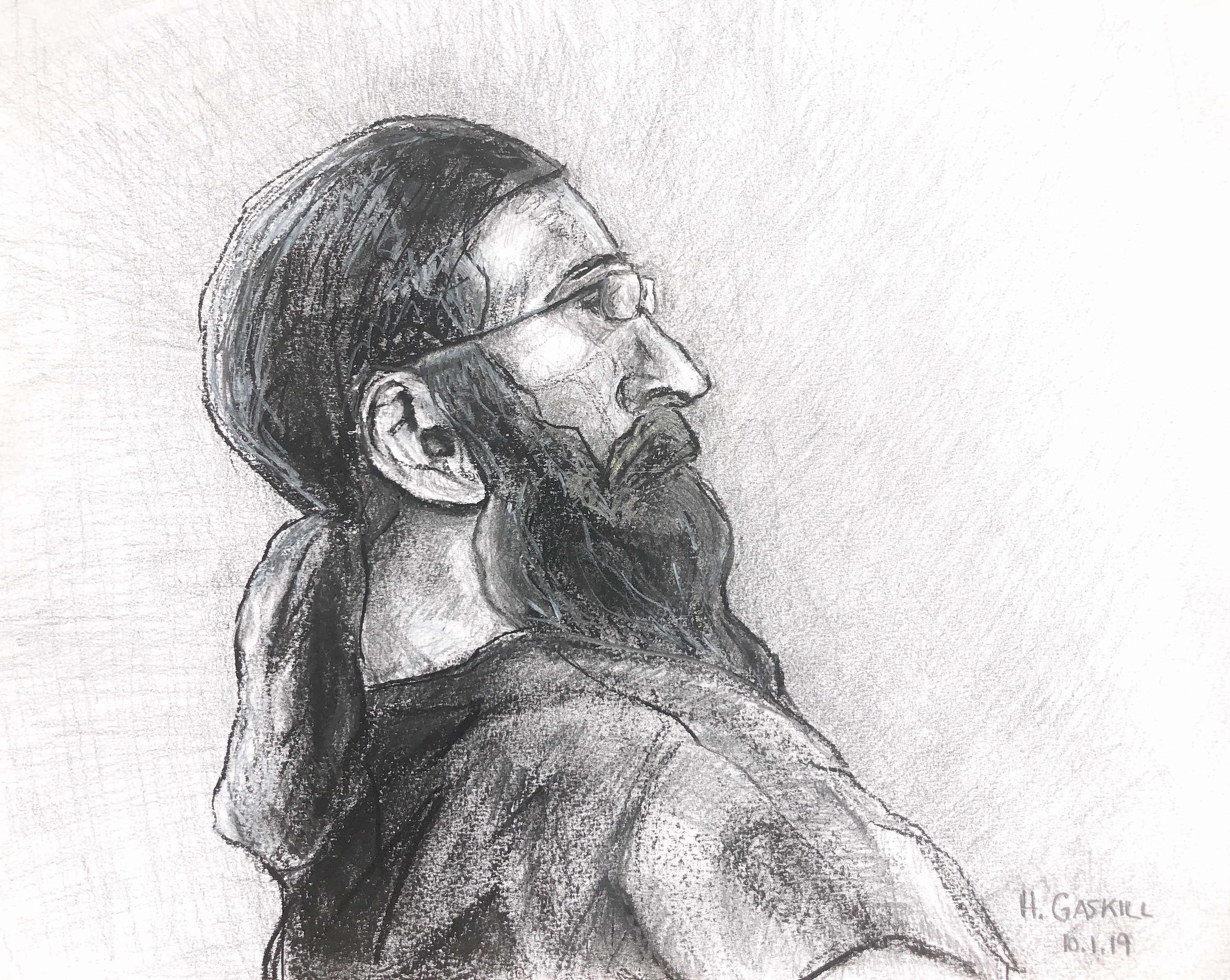ANNAPOLIS, Maryland — Prosecutors and defense attorneys in the Capital Gazette newsroom shooting case argued over whether to include video from the June 2018 mass shooting site during a hearing Tuesday in Anne Arundel County Circuit Court, among other motions.
State’s Attorney Anne Colt Leitess described the videos as the “most important piece of evidence in this case, and that’s why the defense is trying to neuter it.”
A gunman fatally shot Capital Gazette journalists Wendi Winters, Robert Hiaasen, Gerald Fischman and John McNamara and advertising assistant Rebecca Smith. Six other employees in the newsroom at the time survived.
Attorney Elizabeth Palan, who is part of a team representing defendant Jarrod Ramos, described two videos — one approximately an hour long showing the front of the office suite where the shooter entered, and one approximately 34 minutes long showing the back exit, which victims could not use because it was blocked.
Palan said during the hearing that a portion of the first video, which shows a mortally wounded Smith trying to escape, is “inherently upsetting and disturbing” and has no “value” for the state’s argument. Palan argued that still images from the videos should be used as evidence instead.
Leitess countered that the video evidence is the “silent witness in this case” and “shows this crime as it unraveled in real time,” including the shooter’s intent and planning.
The videos described during the hearing do not show do not show anyone being shot, but do show the suspect entering the office with a pump-action shotgun, the flash of shots being fired, and a wounded Smith and other victims trying to escape, attorneys said. Leitess said the second video shows victims “fleeing for their lives,” only to find the rear exit door blocked.
“You wouldn’t be able to get that feel … unless you see it live,” the state’s attorney added.
Ramos faces five charges of first-degree murder, one count of attempted murder and six counts of assault, among other charges. He has pleaded not guilty and not criminally responsible, which is Maryland’s version of the insanity plea.
Ramos’ history with the Capital Gazette began after he pleaded guilty in 2011 to harassment charges levied against him after a former high school classmate said he was harassing her online.
The newspaper published a column about the case, drawing Ramos’ ire online — largely on Twitter. A suit he later filed against the paper was dismissed.
Other motions argued during Tuesday’s hearing regarded limiting emotional reactions during the planned November trial, legal arguments, introduction of prior bad acts, and the sheer volume of evidence in the case, including videos, photos and even clothing.
Both sides had a muted conversation at Judge Laura Ripken’s bench after she learned the defense had not yet filed a mental health expert report related to Ramos’ plea of not criminally responsible.
Ripken said she would review the video footage. Another motions hearing is scheduled for Wednesday.

